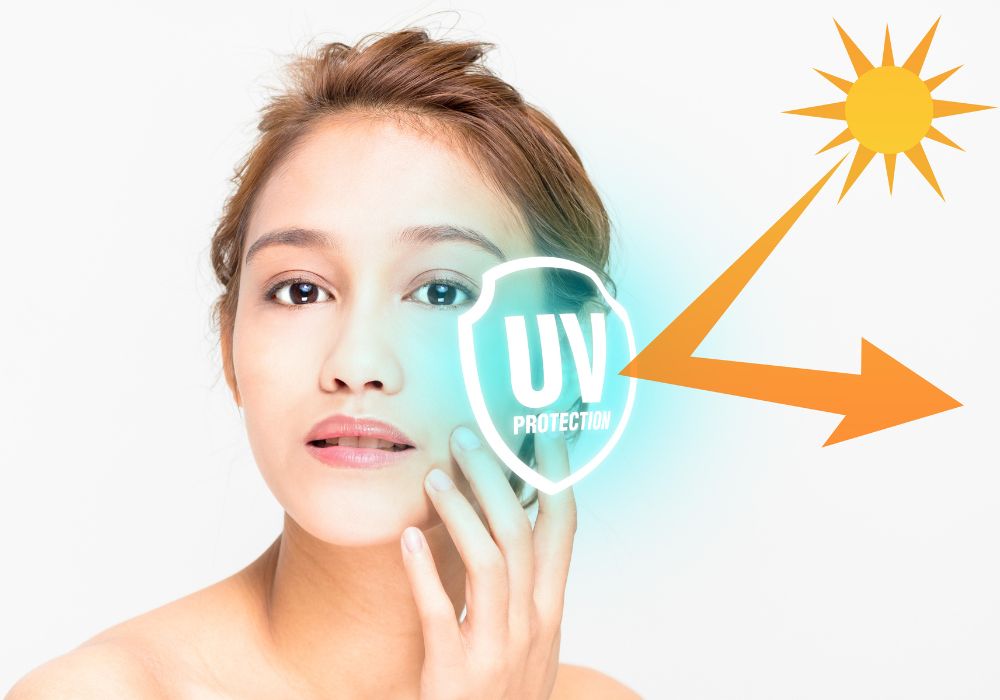Protect Your Skin With UV Protection Outdoor Clothing

If you enjoy spending your days exploring nature through hiking, kayaking or other forms of outdoor activity, UV protection clothing is an effective way to keep your skin safe from sun damage. Wearing this kind of protection instead of constantly lathering sunscreen onto arms, neck and face makes staying protected much simpler!
While other tightly woven fabrics such as denim (which has an SPF rating of 1,700) may work for sun exposure, UV protective clothing has been specially created for such exposure.
Color
Utilizing UV protective clothing such as sun sleeves and hats is one of the best ways to decrease exposure to harmful UV rays. Select clothing that’s lightweight, comfortable, breathable enough and protected against both UVA and UVB rays will keep you cool while offering effective sun protection.
Color has an enormous effect on how much UV protection a fabric provides, with darker hues such as black or navy absorbing more radiation than light pastels. Weave can also play an integral part – tighter weaves impede more UV rays from passing through than looser ones.
Sun protective fabrics such as polyester and specially treated cotton are known for their ability to block UV rays from reaching skin, with tightly woven threads blocking any direct UV exposure. Furthermore, these materials can be treated with chemicals which inhibit further UV radiation absorption for increased protection.
Fabric
UV protective outdoor clothing is designed to block harmful UV rays that can lead to sunburn, long-term skin damage and cancer. Clothing rated UPF protects from up to 98 percent of UVB and UVA rays before reaching your skin, remaining lightweight yet breathable allowing you to remain cool while shielding it.
Fabrics woven tightly can provide greater UV protection than fabrics with loose or open threading, and chemical UV absorbers and reflectors can also be added during dyeing or manufacturing processes to further lower UV transmittance rates.
Fabrics’ UV protection can deteriorate over time, so regular laundry and storage is vital to their performance. When following manufacturer washing instructions and avoiding chlorine or salty water for washing your sun-protective gear, always avoid chlorine or salty waters as this will compromise its efficacy. Furthermore, store in dark and dry spaces to reduce UV exposure for maximum sun protection.
Fit
Fit is of vital importance when it comes to UV protection clothing, as this determines its ability to safeguard you against UV rays. To maximize protection, your clothing should stretch with your body comfortably without rubbing or chafing against you – this allows for optimal breathability, movement, and comfort while participating in outdoor activities.
Different fabrics differ in their ability to reduce UVR transmittance based on the tightness of their weave; tighter weaves with dense materials (e.g. cotton bleached cotton) provide greater UV protection than wider ones or those made up of more porous material like bleached cotton.
Also, some fabrics are treated to be both waterproof and UPF rated, providing protection from both sunburn and rain while outdoors. This feature can be particularly beneficial to adventurers exposed to changing weather conditions who could otherwise be at risk of skin cancer or other forms of skin issues. Typically these fabrics come with specific washing instructions so as to maintain their protective qualities and function effectively.
Sunglasses
Sunglasses may seem like just another fashion statement, but they play an essential role in protecting eyes from UV rays from the sun which can damage them and result in permanent vision problems.
The sun emits three types of ultraviolet radiation: UVA, UVB and UVC. While the ozone layer absorbs UVC rays, both UVA and UVB rays still reach your eyes (and skin) directly – sunglass that protect from both provide optimal protection.
Lens features such as polarization and tint colors provide additional UV protection, with sunglasses equipped with polarized lenses reducing glare to allow more clear vision.
Sustainability has quickly become a cornerstone of the sunglasses industry with increasing consumer demands for eco-friendly products. Businesses have responded by employing recycled materials, sustainable manufacturing processes and other eco-friendly practices into their production of sunglasses; labels should indicate this. Furthermore, frames must be comfortable enough for extended wear without pinching behind ears or nose.
